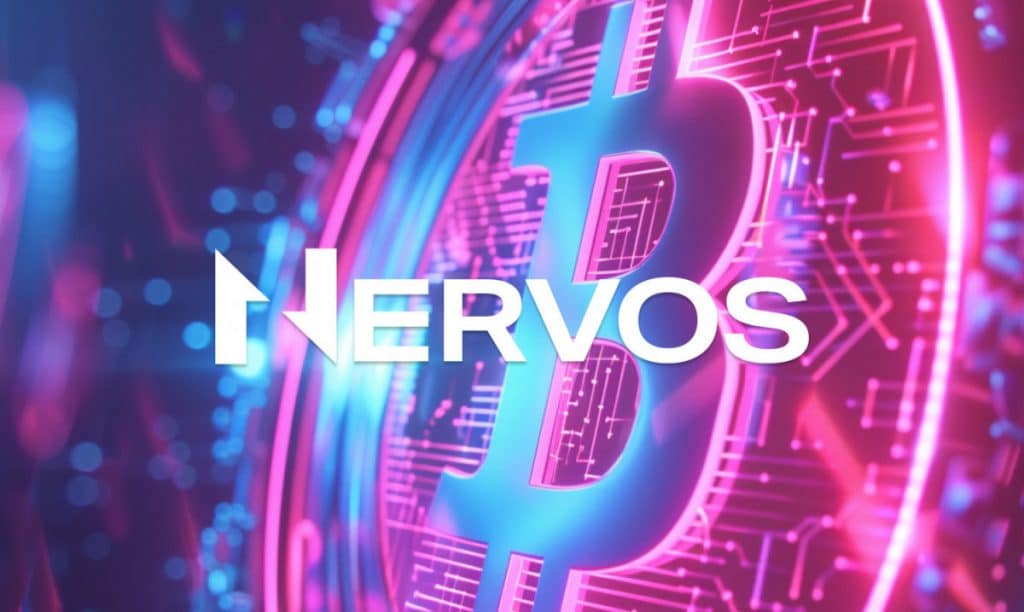Nervos Network and Cipher Wang Launch RGB++ Protocol, Pioneering Enhanced RGB Capabilities


In Brief
Nervos Network unveiled RGB++ protocol that uses one-time seals and verification technology to oversee state changes and verify transactions.

Modular blockchain platform Nervos Network and its founder, Cipher Wang introduced the RGB++ Protocol. This extension protocol, built upon the Bitcoin smart contract protocol RGB, leverages one-time seals and client-side verification technology to effectively oversee state changes and transaction verification.
The protocol achieves the mapping of Bitcoin Unspent Transaction Outputs (UTXO) to Nervos CKB Cells through isomorphic binding. It relies on script constraints within both the CKB chain and Bitcoin chain to validate the accuracy of state calculations and the legitimacy of ownership changes.
In practical implementation, RGB++ addresses the technical challenges of the original RGB protocol while introducing additional possibilities. These include blockchain-enhanced client verification, transaction folding, shared state, ownerless contracts, non-interactive transfers, and more. Notably, it brings Turing-complete contract expansion and performance enhancement to Bitcoin without the necessity for cross-chains or compromising security.
The concept of one-time hermetic seals involves locking an electronic seal on a message to ensure its single-use capability, allowing Bitcoin’s UTXOs to act as seals for messages, guaranteeing that UTXOs can only be utilized once. Thus, the RGB protocol utilizes this one-time seal to map RGB state changes to ownership of Bitcoin UTXOs. Consequently, the Bitcoin system assures ownership of RGB’s state and enables the tracking of all state changes throughout the UTXO history. The one-time seal mechanism provides the RGB protocol with security against double-spending and transaction branch traceability, guaranteed by the Bitcoin consensus.
The RGB protocol includes user states that cannot be directly verified by the Bitcoin consensus. Users need to perform off-chain calculations to ensure that RGB’s state changes align with their expectations. With client-side validation technology, users can validate only the UTXO branching history that is pertinent to them, avoiding the need to validate irrelevant transaction history. This approach secures RGB’s state through client-side validation, eliminating dependency on any centralized third party.
Additionally, despite the numerous advantages of the RGB protocol, particularly its capability to offer Bitcoin nearly uncompromised contract extensions, there are still various technical and product challenges encountered in real-world implementation.
Furthermore, concerns within the RGB protocol encompass challenges related to P2P network issues, virtual machines and contract languages, and issues associated with masterless contracts, among other factors.
Inheriting the fundamental concept of the RGB protocol, RGB++ introduces a distinct virtual machine and validation approach. Thus, users do not require a separate RGB++ client. Instead, they only need to connect to Bitcoin and CKB light nodes to independently perform all validations. RGB++ introduces Turing-complete contract scaling and significantly enhances performance for Bitcoin without relying on cross-chain bridges. The implementation involves a native client-side validation scheme, ensuring both security and resistance to censorship.
Nervos Network Shapes Blockchain’s Future
Established in 2018, Nervos Network stands as a modular blockchain network built on a secure and adaptable Layer 1 known as the Common Knowledge Base (CKB). The CKB employs a Proof-of-Work (PoW) consensus mechanism and accommodates all cryptographic primitives. Its versatility extends to interoperability with diverse blockchains, sidechains, and Layer 2 networks. Developers have the capability to build decentralized applications leveraging protocol-level account abstraction. Nervos Network launched its mainnet in 2019.
The new RGB++ Protocol represents a pivotal advancement in blockchain technology, offering enhanced capabilities to Bitcoin through innovative features while addressing challenges and maintaining a focus on security and decentralization.
Disclaimer
In line with the Trust Project guidelines, please note that the information provided on this page is not intended to be and should not be interpreted as legal, tax, investment, financial, or any other form of advice. It is important to only invest what you can afford to lose and to seek independent financial advice if you have any doubts. For further information, we suggest referring to the terms and conditions as well as the help and support pages provided by the issuer or advertiser. MetaversePost is committed to accurate, unbiased reporting, but market conditions are subject to change without notice.About The Author
Alisa is a reporter for the Metaverse Post. She focuses on investments, AI, metaverse, and everything related to Web3. Alisa has a degree in Business of Art and expertise in Art & Tech. She has developed her passion for journalism through writing for VCs, notable crypto projects, and scientific writing. You can contact her at alisa@mpost.io
More articles

Alisa is a reporter for the Metaverse Post. She focuses on investments, AI, metaverse, and everything related to Web3. Alisa has a degree in Business of Art and expertise in Art & Tech. She has developed her passion for journalism through writing for VCs, notable crypto projects, and scientific writing. You can contact her at alisa@mpost.io






















































